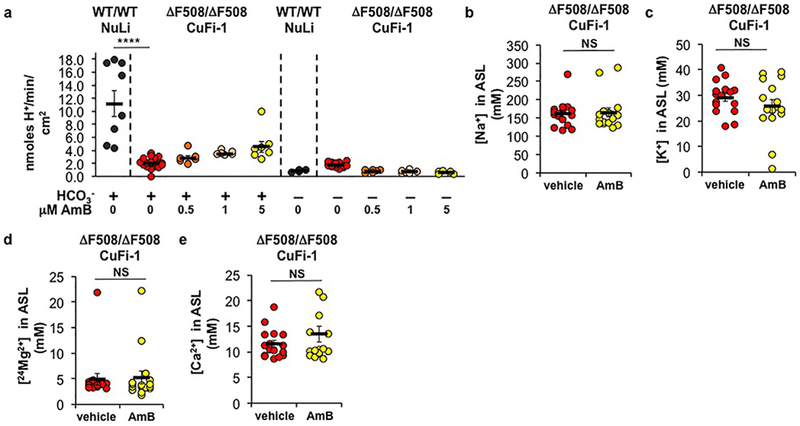Extended Data Figure 2 |. AmB-mediated pH changes are HCO3−-dependent and do not alter major cation concentrations in the ASL.

(a) Base secretion and acid absorption rates in NuLi (HCO3− +: n = 8 biologically independent samples; HCO3− -: n = 4 biologically independent samples) or CuFi-1 (ΔF508/ΔF508) epithelia (HCO3− +: n = 23 biologically independent samples, p < 0.0001; HCO3− -: n = 18 biologically independent samples) over 20 minutes after acute addition of increasing [AmB], as measured by pH-stat titration (All n are biologically independent samples. HCO3− +: 0.5,1 μM, n = 6; 5 μM, n = 7. 0.5 μM p = 0.9663, 1 μM p = 0.7328, 5 μM p = 0.1459. HCO3− -: 0.5,1,5 μM, n = 6). The apical pH was titrated to a target pH of 6.0. The effect of AmB (2 μM) or FC-72 vehicle after 48 hours on (b) Na+ (p = 0.7855), (c) K+ (p = 0.2892), (d) 24Mg2+ (p = 0.8339) and (e) Ca2+ (p = 0.2708 with Welch’s correction) concentrations in the ASL in CuFi-1 (ΔF508/ΔF508) as measured by ICP-MS (n = 16 biologically independent samples). In panel (a), ANOVA was used to assess statistical significance. In panels (b-d), two-sided unpaired Student’s t test was used to assess statistical significance. In panel (e), two-sided unpaired Student’s t test with Welch’s correction was used. Graph depicts means ± SEM; NS, not significant; ****P ≤ 0.0001. In all panels, measurements were taken from biologically independent samples.
